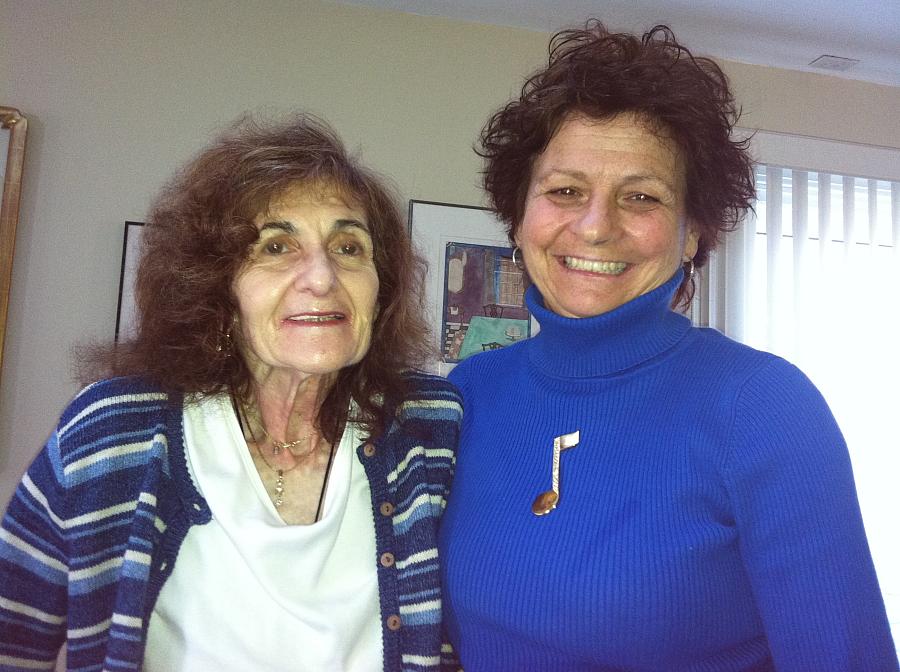Exploring Global Payments and Building a Network of Savvy Patients

There's a vigorous debate underway in Massachusetts about how to control rising health care costs. This is pretty dense stuff that the public does not, for the most part, understand or have the stamina to take in. But it's really important. Doctors and hospitals are quietly making changes that will affect all of us.
One of the changes underway has to do with how providers are paid. Instead of earning money for every office visit, test and procedure, doctors and hospitals in Massachusetts are moving quickly to global payments. You might think of the change as health care on a budget. And you might wonder if we're going to see a repeat of the managed care black-lash of the mid 1990s. Insurers in Massachusetts say no, because this time, payments to providers are based on whether patients are getting the care they need. We'll see.
I'm spending a lot of time covering this change. For this series, I looked at the shift from three perspectives:
1) How are global payments redefining health care?
2) If all patients are required to have a medical home, where should that be for patients whose primary condition is mental health (or some other specialty)?
3) Can moving one of our most expensive patients onto a global budget actually save money?
The third story has turned into a series by itself, so I will focus my thoughts about lessons learned there.
First, it took a long time to find my really expensive patient. I wanted someone in the 5% group who accounts for 50% of health care spending. I worked with one agency for three months. They put me in touch with two patients. The first one had a psychotic breakdown just before our first scheduled interview. The second one backed out after agreeing to the project. The agency and I both got frustrated and I moved on. Working with the press can be very time consuming for a non-profit; I understand that. No hard feelings. The lesson learned is if there are a lot of glitches from the start, end the relationship. If you and your newsroom are going to invest a lot of time, you must be certain that everyone understands and agrees to make the same commitment to the story.
Second, once I found a patient, Sue Beder, it was a bit difficult to get access to and unravel her finances. To make an accurate comparison of Sue's expenses in a fee for service system and under a global payment, I had to get the Medicare and Medicaid bills for her care under both systems. Once I got the Medicare bills, I realized that all of Sue's meds were under a separate Part D plan. I still don't have all of those records. Then, comparing the before and after costs was pretty complicated because Sue's expenses are grouped differently under fee for service and a global budget. So getting just one number for this story, Sue's cost per month before and after was days and days of work. The lesson learned there is leave lots of time to unravel health care bills and find an outside expert who is willing to fact check the calculations with you.
Third, following a patient over time presents many challenges, especially with older patients. Sue has family members who get swept into the story even though they did not sign up for this project. She has doctors and caregivers and suppliers, all of whom become part of the story even though they also, did not agree to participate. Sue has lots of needs and the more time I spend with her, the more she sees me as part of her team, even though I keep reminding her that I'm a fly on the wall, not a character in her story. It's hard to say no when she calls and asks for a ride somewhere or for help finding a new cat. Defining boundaries in long term relationships between reporters and sources/subjects can be difficult, even more so with a sweet old lady.
Sue's story will end up being three, maybe four parts, depending on what happens. In part one, I looked at how Sue's care changed after she signed up with an agency that is managing her needs under a global budget. That completed my fellowship project. But I will go on now to look, in part two, at how she blew the budget with a visit to the hospital that turned into almost two months of high end care. Part three will assess whether the agency's plan for keeping Sue at home can actually save money.
Before I go on too long, I'll say a few things about starting HealthcareSavvy.wbur.org. Think Facebook for patients. We've had a lot of good content, but persuading people to add this network to the flood of social media options is daunting. I'm focused now on connecting to patients through Pinterest, Twitter and Facebook. The idea that Savvy will be a destination site is not realistic.
That said, we can and do offer some great tools and a place to get feedback or guidance on how to become a more engaged patient. There's no doubt that we will all need to become equal partners in our care. We are shouldering more of the bills and expected to make more informed decisions than even before.
I've met a fascinating and diverse community of bloggers and Tweeters, most of whom are not traditional reporters, in developing Savvy. I think a lot about how to partner with these folks, who to build and maintain bridges between citizen and legacy journalists. So although this project is still struggling to find it's place in the world, I'm pretty sure that more online reporting and networking will occupy more and more of my attention in the future.

